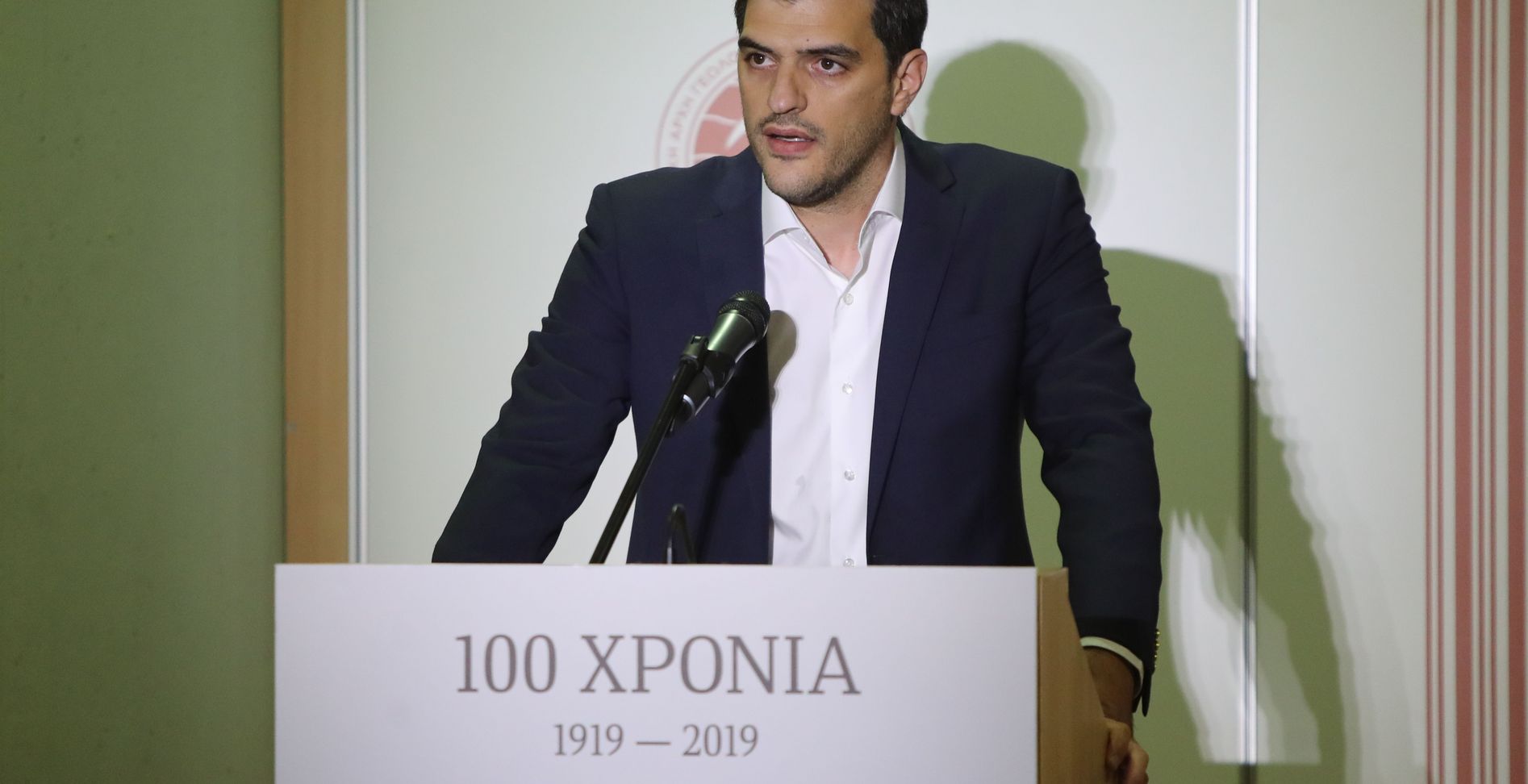"Twenty-four months ago, when we took on the leadership of the Hellenic Authority for Geological and Mineral Research (EAGME), we quickly realized that the institutional body representing Earth scientists in Greece needed fresh air. Not because it lacked expertise or professional integrity, but because the knowledge and the wealth of the work produced by its people had remained locked away in storage rooms for decades. There was a clear need for openness, for highlighting its social contribution, and for sharing scientific knowledge with local communities.
We therefore set two key priorities within the mission framework of an organization that has now completed a century of service to Greece’s economic development.
The first was to showcase the wealth of EAGME. We opened the Authority’s storerooms, explored its collections of minerals and rocks, and realized that we possessed a priceless scientific treasure that should be made accessible to the wider public — and especially to children. Thus, we decided to create the National Geological Museum. Our goal is that, in the coming months, a modern museum will open its doors, featuring more than 1,000 samples from earlier museum collections of the Authority, enriched by donations from private collectors and geologists of EAGME. About 90% of the displayed samples originate from Greece, while the rest come from abroad — including Brazil, India, China, Russia, Tibet, Romania, and Bulgaria. The newer collections mainly come from Lavrio, Halkidiki, and the Cyclades, gathered over the past century by geologists and mining engineers of state services. In record time, we secured the pre-approval decision, which serves as the roadmap for the Museum’s official recognition by the Ministry of Culture, obtained funding, and are now in the final implementation phase. We hope to be able to announce the inauguration date very soon.
The second priority was even more ambitious and concerns the recognition of the contribution of Earth sciences to the Greek economy. It involves the creation of a Geopark in the Lavreotiki area, which has supported the country’s growth for centuries.
The Geopark we are designing — and hope to see recognized by UNESCO — represents an opportunity for citizens to explore and appreciate the Earth sciences.
The geological wealth of the region, the otherworldly landscape of the mines, and the legacy of centuries of mining activity are expected to provide a new vein of growth for Lavrio and the surrounding area.
According to the plan, under the coordination of EAGME, the Greek side is seeking the inclusion of the area in the UNESCO World Heritage List, and the evaluation process is already underway. I believe that soon we will have positive news.
As is evident, both projects are driven by the same principle — the extroversion of the Hellenic Authority for Geological and Mineral Research.
This is a necessary condition for highlighting the contribution of ΕAGME’s scientists to society and sustainable development, at a time when Climate Change and the pandemic underline the need for a higher quality of life. And we will achieve this by staying true to our mission — with strength through knowledge."



